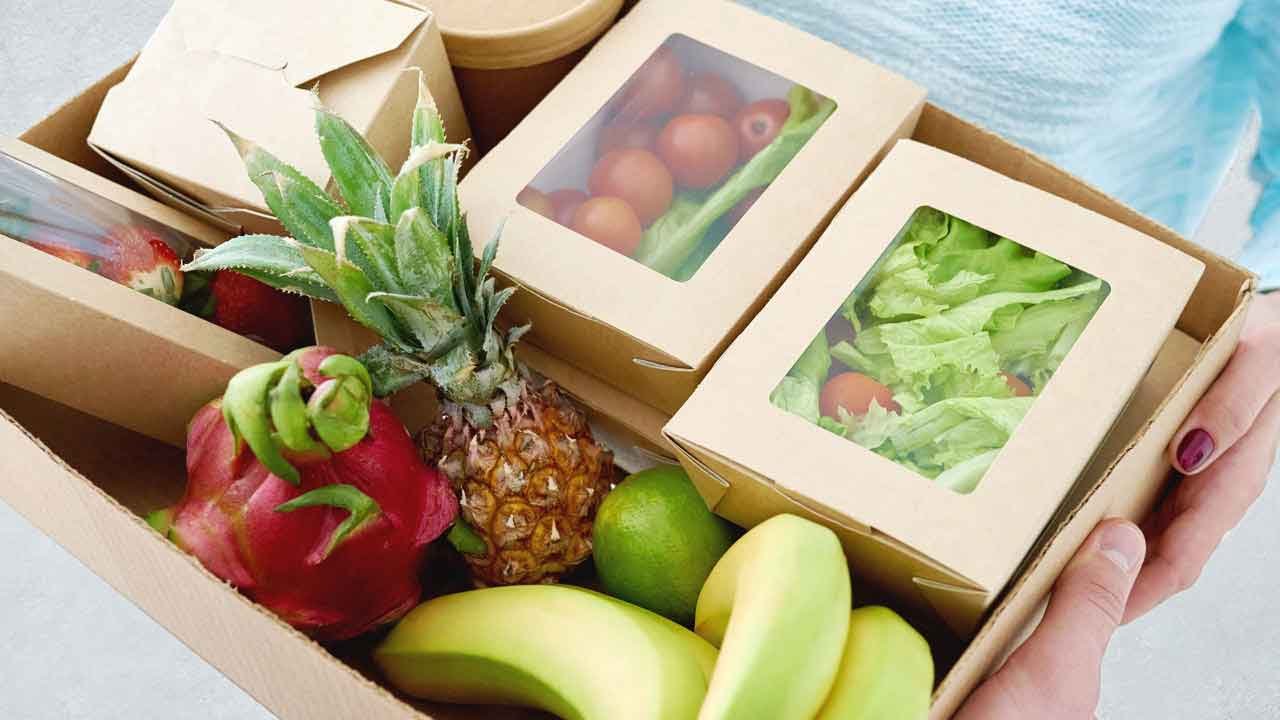Plastic pollution is wreaking havoc on our planet, and we need to take action to stop it. With eight million tons of plastic waste entering our oceans every year, we need to find innovative solutions to reduce plastic waste. Thankfully, biodegradable packaging has emerged as a promising solution that can help us save the environment.
Biodegradable packaging is an eco-friendly option made from materials that break down naturally in the environment. Made from a variety of materials such as corn starch or polylactic acid, it reduces the amount of waste that ends up in landfills or the ocean. Traditional plastic packaging can take hundreds of years to decompose, whereas biodegradable packaging breaks down much faster and does not harm the environment.
Studies have shown that biodegradable packaging can significantly reduce waste and pollution. In fact, a study by the European Union found that replacing traditional plastic packaging with biodegradable alternatives could reduce plastic waste by up to 50%. Furthermore, biodegradable packaging is safe for the environment. Unlike traditional plastic packaging, biodegradable materials like PLA are non-toxic and do not release harmful chemicals into the environment as they break down.
Using biodegradable packaging can also have economic benefits. As more and more consumers become environmentally conscious, demand for sustainable products has increased. Offering biodegradable packaging options may give companies a competitive advantage in the market, and consumers may be willing to pay more for environmentally friendly products.
Although biodegradable packaging is not a perfect solution, it has many advantages. For instance, it’s versatile and can be used in a wide range of industries. Biodegradable materials can also be composted with food waste to produce nutrient-rich soil that can be used for gardening and agriculture, reducing greenhouse gas emissions that are produced when organic matter breaks down in landfills.
However, biodegradable packaging has some limitations that need to be addressed. One of these challenges is that it’s often more expensive than traditional plastic packaging, making it challenging for smaller businesses to switch to biodegradable alternatives. Additionally, not all biodegradable materials are created equal, and some may release methane when they break down in anaerobic conditions.
To overcome these limitations, governments and industry leaders need to work together to create incentives for companies to switch to more sustainable options. Consumers can also play a role by choosing products with biodegradable packaging and properly disposing of it. As individuals, companies, and governments become more aware of the impact of plastic waste on our planet, biodegradable packaging may become an increasingly popular and viable option for reducing our environmental footprint.
Cutting it short, biodegradable packaging is an eco-friendly approach that can significantly reduce plastic waste and pollution. Although it has some limitations, it offers significant advantages over traditional plastic packaging, making it a promising solution to promote sustainable practices. We must all work together to ensure that biodegradable packaging becomes more accessible and affordable so that we can make a significant impact on reducing plastic pollution and save our planet.

Meet Sir Faisal Amin – a visionary educator and content management expert, who has made a lasting impact in the education sector with his unwavering commitment and passion.








